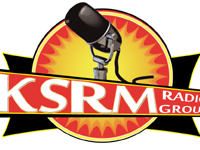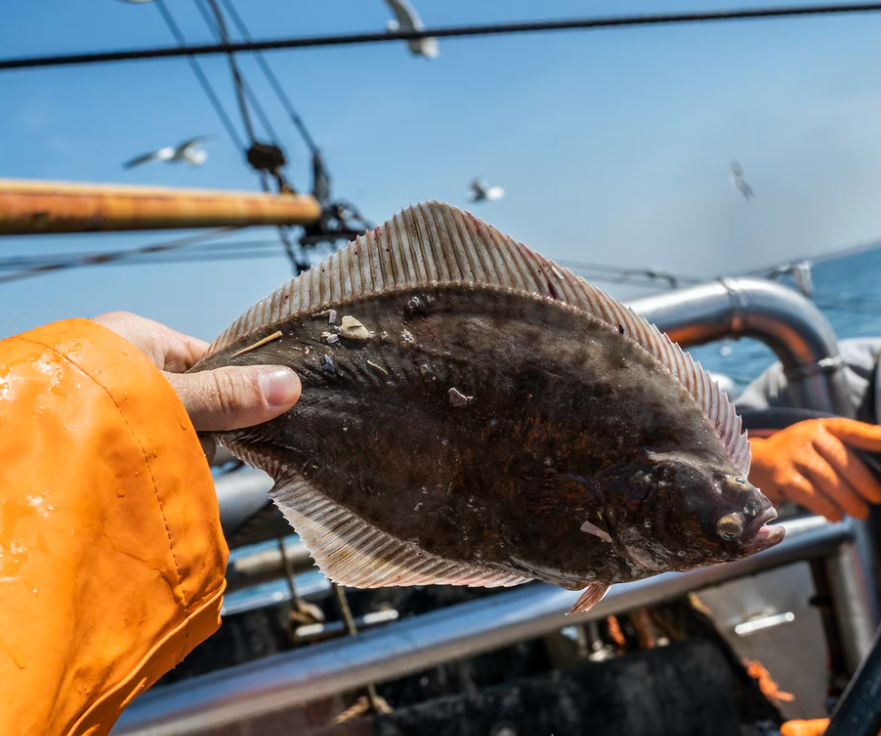The Alaska Regional Office of NOAA Fisheries announced that Alaska Halibut Season opens on March 6th statewide. Included in this season’s federal regulations are the catch limits established by the International Pacific Halibut Commission, and basic regulations for the commercial and sport halibut fisheries. Overall, the 2022 catch limits for the combined commercial and charter halibut fisheries in Alaska are higher than in 2021.
The final rule also implements management measures for the charter halibut fisheries in Areas 2C (in Southeast Alaska) and 3A (in Southcentral Alaska), according to the NOAA Fisheries press release. These measures are deemed necessary to keep charter harvests to within their respective allocations under a catch sharing plan with the directed commercial fishery.
For Area 2C in Southeast Alaska, charter anglers are restricted to one halibut per day, with a reverse slot limit where retained halibut must be less than or equal to 40 inches, or greater than or equal to 80 inches. Area 3A, which is located in Southcentral Alaska, there is a daily bag limit of two halibut, but one fish bust be no greater than 28 inches. All Wednesdays are closed to halibut retention. Two Tuesdays (July 26 and August 2) are closed to halibut retention. Charter halibut permits and charter halibut vessels are only authorized to retain halibut on one trip per day.
Unguided halibut sport fishers in Alaska will continue to observe a daily bag limit of two fish of any size per person per day. The Alaska commercial IFQ halibut season dates are March 6 through December 7, 2022, for all IPHC management areas in Alaska.
A final rule to implement changes to the Pacific Fishery Management Council’s Pacific Halibut Catch Sharing Plan and annual management measures for the recreational halibut fishery in Area 2A is forthcoming in a separate action.
Click here for more information.

